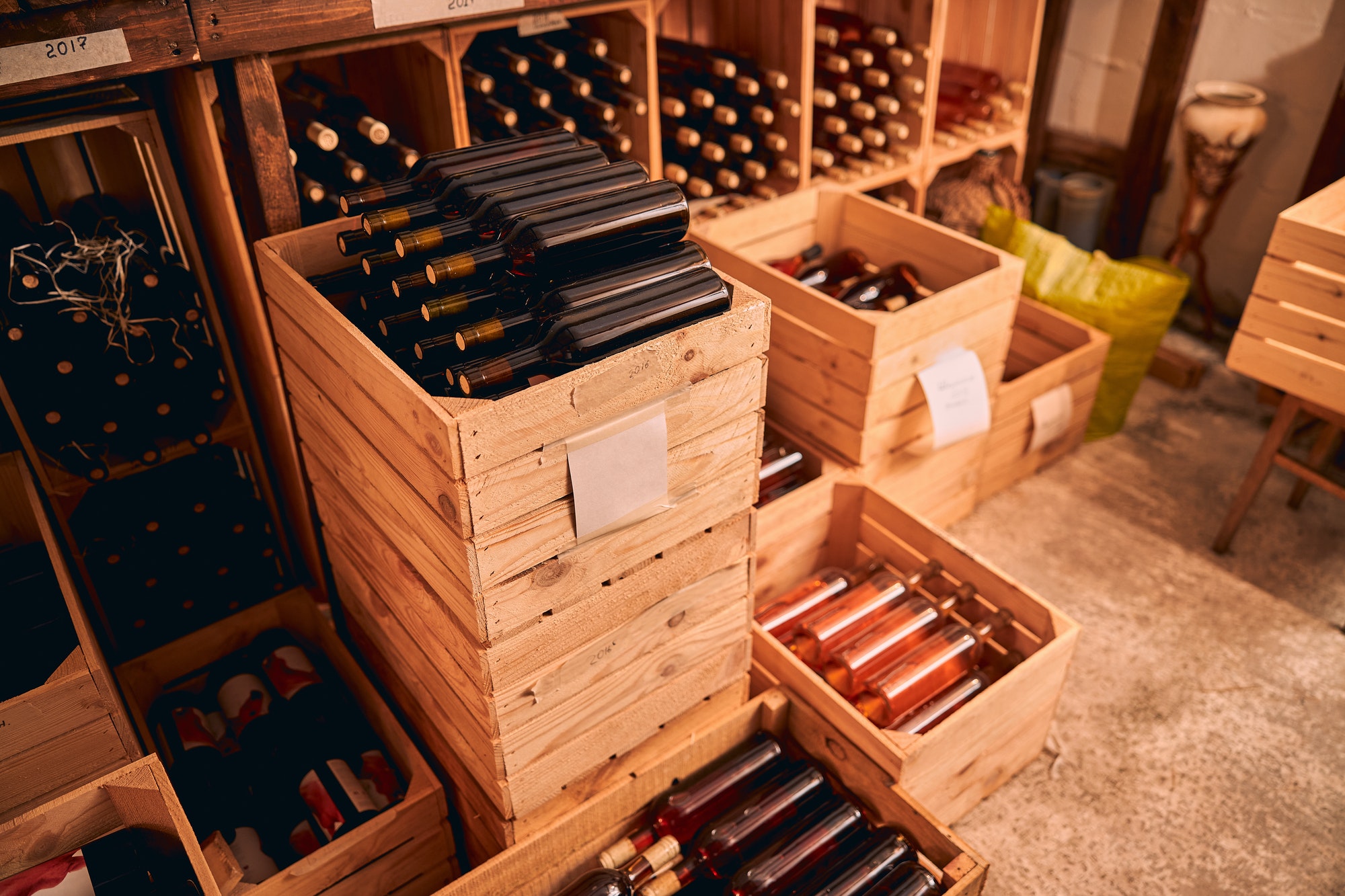
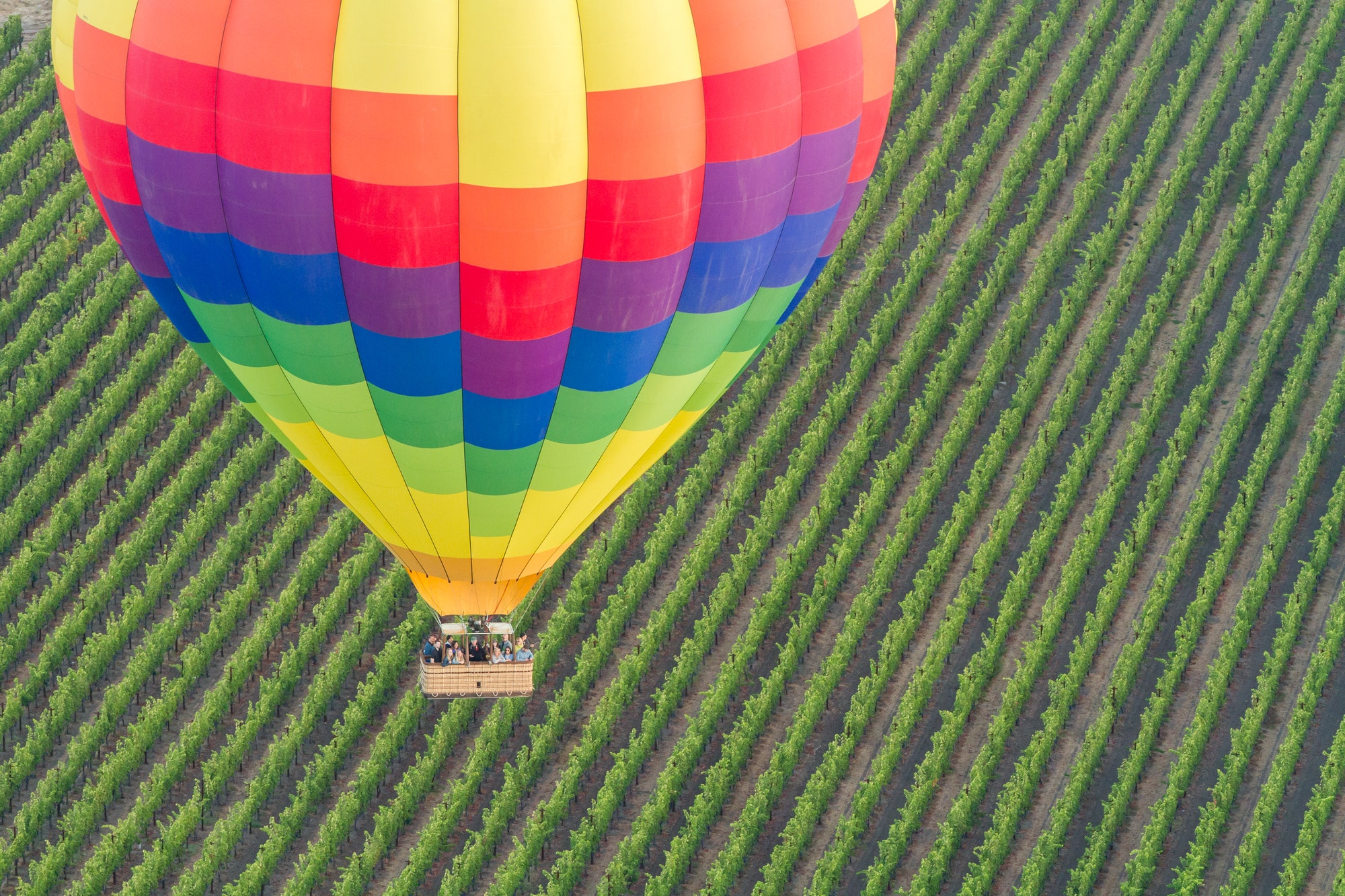
Napa Valley wine is known for its artisanal, boutique-style offerings. The vast selection of varietals means you can taste a wide variety of unique flavors. Many of the local grape varieties are hard to pronounce, but they are all good. Some of the most famous grapes that thrive in the Napa Valley include sangiovese, nebbiolo, barbera, tempranillo, grenache, carignan, and chardonnay. Cabernet Sauvignon is a classic red blend, and its varietals include merlot, cabernet sauvignon, and cabernet franc.
The Napa Valley wine industry has a rich history. The first vines were planted in 1838 by George Calvert Yount, and the town of Yountville was named after him. In the 1850s, California became a state and the Gold Rush brought pioneers from all over the world. In the late 1860s, Charles Krug, who had grown vines in the area, started producing wines in a glassworks company called Pacific Glassworks. He and a partner formed Kohler and Frohling, the first distribution company in Napa.
In 1861, Charles Krug founded the first commercial winery in Napa Valley. The growth of the industry was so great that within a decade, over 140 wineries were established. One of these was Beringer Vineyards, which was established by Karl Kramer. In the 1890s, phylloxera, a virus that destroyed 80% of the vineyards in California, devastated the region. The people were forced to resort to prune and walnut farming in order to survive.
After the prohibition, Napa Valley vineyards reinvented themselves. Inglenook was closed, the Mondavi family bought Charles Krug Winery, and Andre Tchelistcheff revolutionized the winemaking process at Beaulieu Vineyards. Today, Napa is synonymous with high-quality luxury wines and is an international tourist destination. More than 500 wineries produce over 1,000 brands, and the industry is worth $50 billion annually.
The climate in the Napa Valley is perfect for grapes. Summer temperatures in the region are mild and moderate, and winters are relatively cool. The temperature is favorable for growing a wide variety of grapes, including Cabernet Sauvignon, Merlot, Sauvignon Blanc, and Pinot Noir. In 1877, Jean Brun and WJ Chaix began a Bordeaux winery, which became the world’s biggest winery.
The region’s distinctive climate is also responsible for its wine’s unique flavor. The soil in Napa is one of the most fertile on earth, and harvests are consistent. The volcanic soil produces a variety of grapes, from red grapes to white grapes. The temperature in the Napa Valley is ideal for the production of both Cabernet Sauvignon blanc. There are over a hundred varieties of both types of wine.
During the early 1860s, Napa Valley wine was sold by the gallon. At that time, wine was only sold by the case, and the average price of a bottle was 20 cents or 35 cents. The yields were low, but the quality was very high. In the 1860s, the region had only 225 acres of vines. By the mid-1870s, there were 24,664 acres of vineyards and the first wineries.
The Napa Valley is known for its rich, complex Chardonnays. These wines are characterized by soft tannins and flavors of black cherry, citrus, and herbaceous notes. Until 1967, the region was more known for producing sweet wine than dry red wine. However, the popularity of California wines has only recently increased. It is the most popular wine in the world. So, why is Napa Valley Wine So Popular?
In the late 1860s, the Napa Valley was home to many English and French grapes. In the 1870s, the French-American James Watts planted the grapes that are now known as pinot noir. His neighbor, Charles Kohler, began growing vines in the area. His first neighbor, Edward Bale, planted mission grapes. He and his wife, Francese, and Italians, began growing vineyards.
The Napa Valley has long been known for its high-quality wine. Aside from the world-renowned wineries, it also has many small, boutique wineries that make great wines. These wineries are often surrounded by beautiful landscapes and are home to a variety of flora. A visit to these beautiful and historic properties will make you want to return to the vineyards time again.



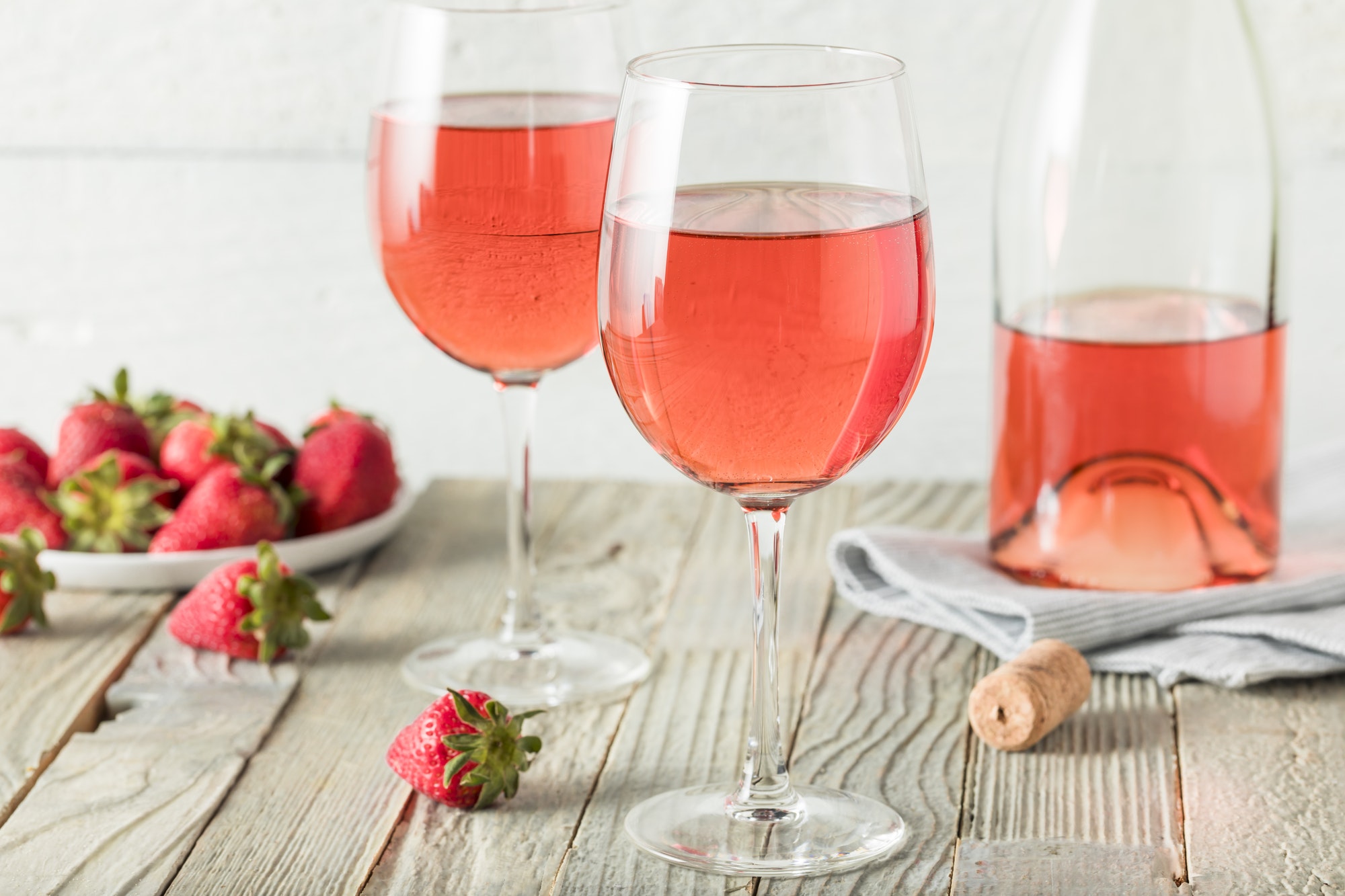
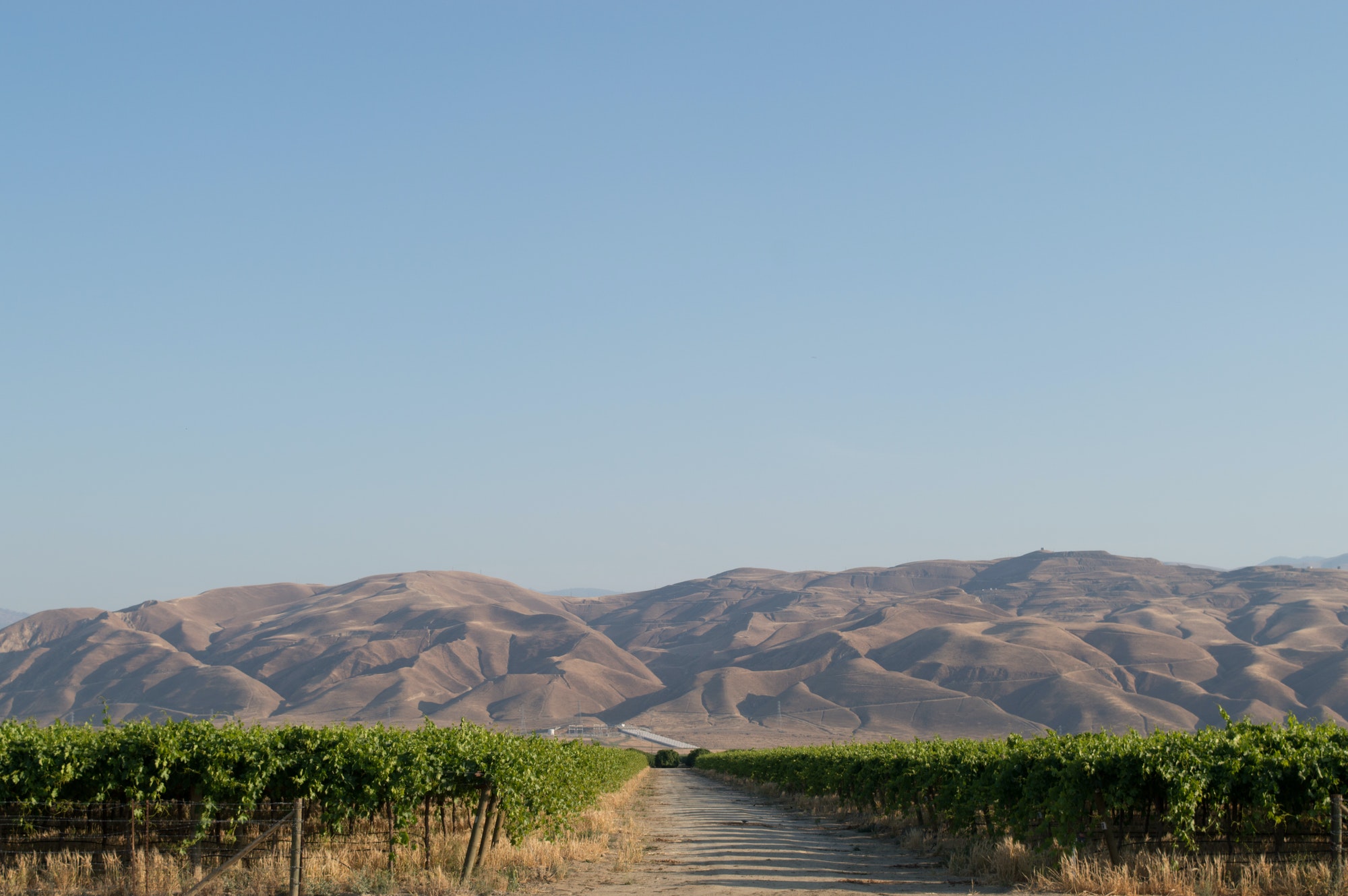
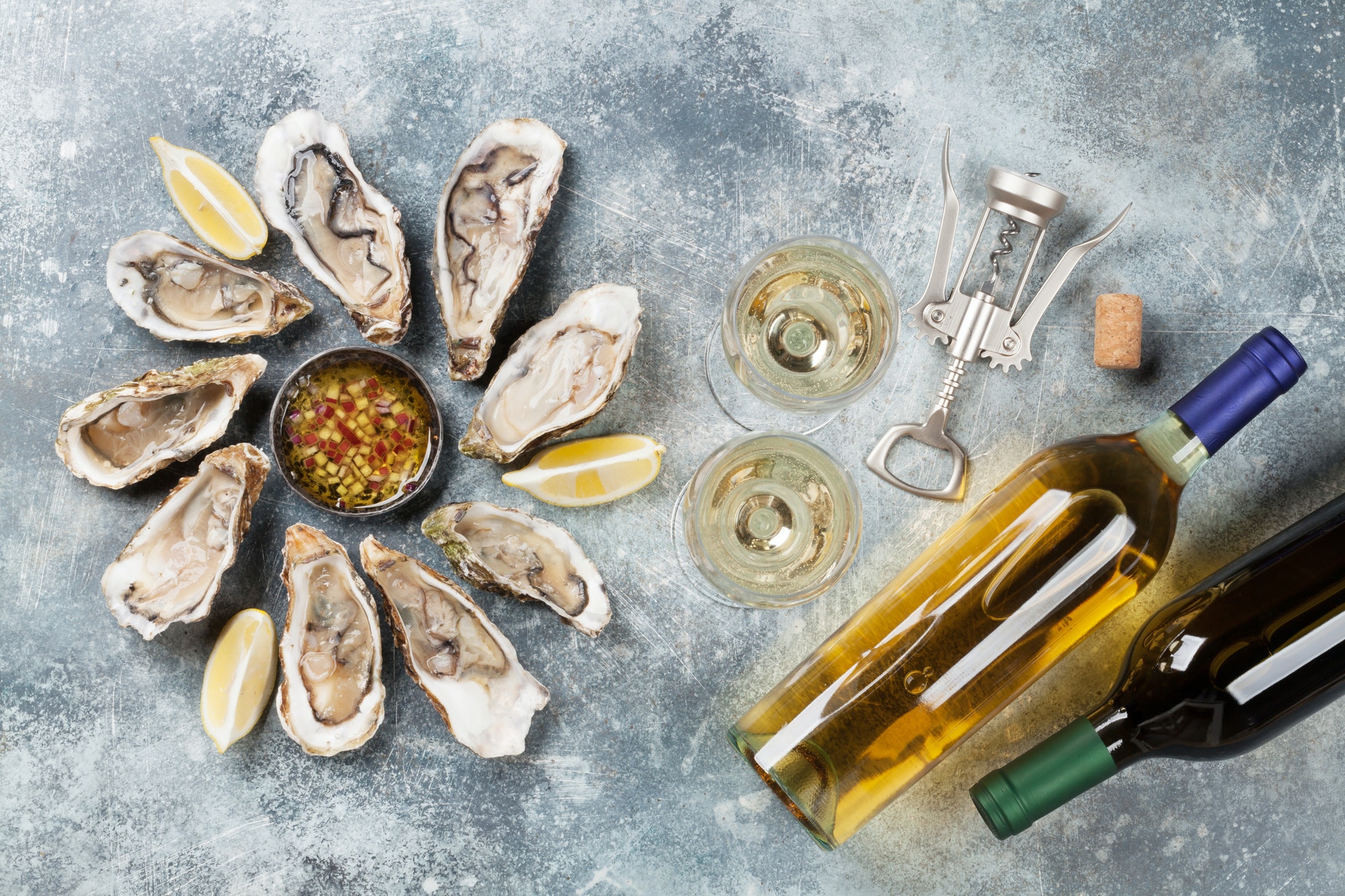
On all orders above $50
30 days money back guarantee
Support Worldwide Shipping
100% Secure Checkout
Lorem ipsum dolor sit amet, consectetur adipiscing elit. Ut elit tellus, luctus nec ullamcorper mattis, pulvinar dapibus leo.